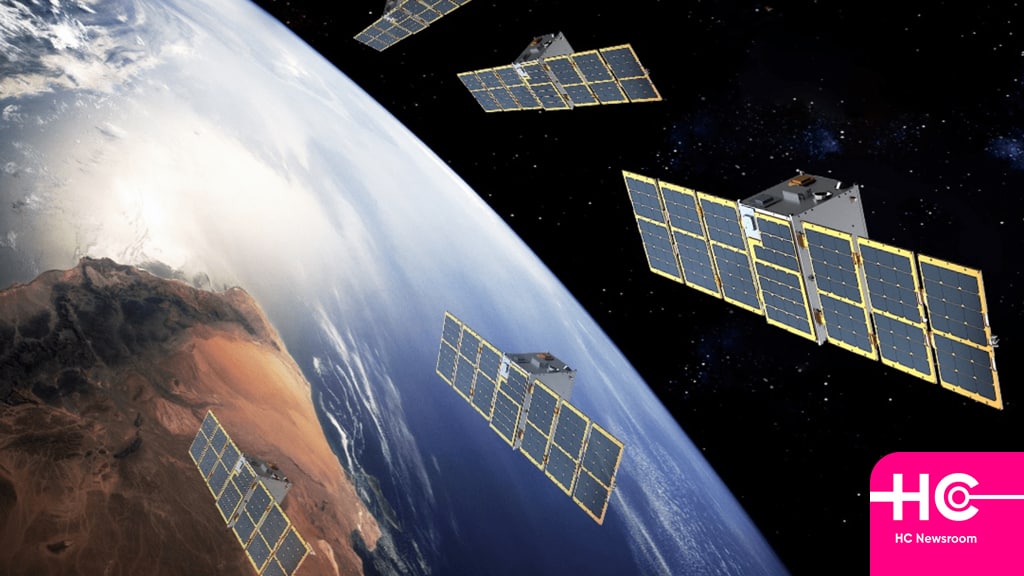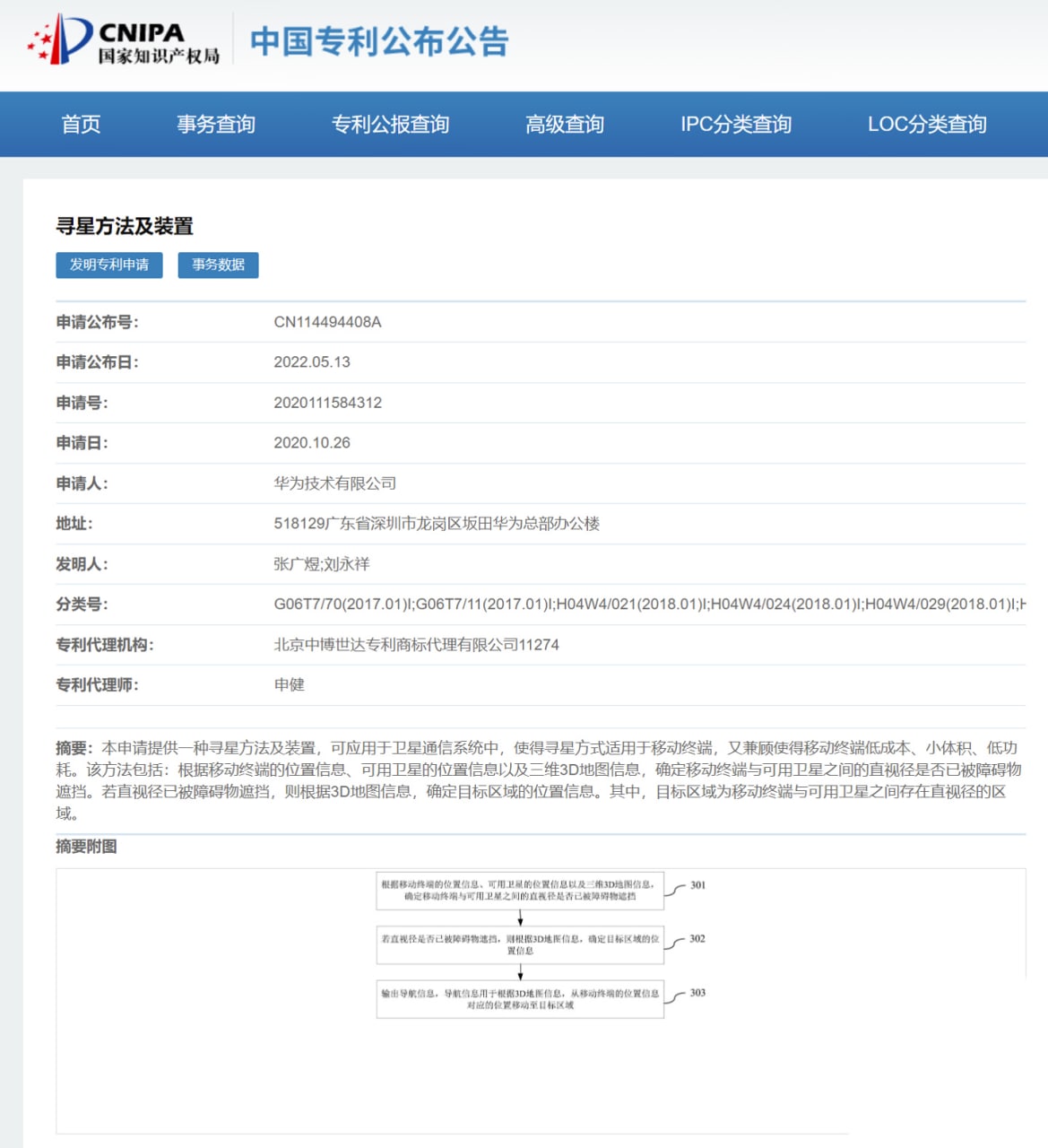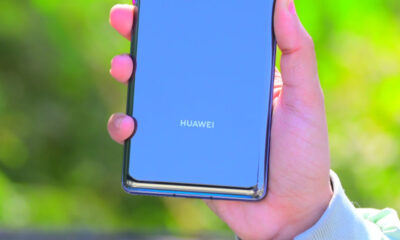Patent
Huawei new patent technology could find satellites using smartphone

On May 13, Huawei published a new patent entitled “Satellite finding method and device” in China. According to the State Intellectual Property Office, on October 26, 2020, Huawei applied for this patent technology to find satellites, which is now authorized with announcement number CN114494408A.
The patent application shows the method and device for finding a satellite. This Huawei patent technology can be used in the satellite communication system, which will be suitable for a smartphone device and allows them to find satellites.
However, the technology doesn’t require a high-end smartphone even a low-budget, small in size, and less power-consuming phone can also be used. To know the working of this patent technology, read the article below.

Huawei patent to find Satellites: Description
As per the patent document, according to the location information of the mobile terminal, the location information of the available satellites, and the three-dimensional 3D map information, it is determined whether the direct line between the smartphone and the available satellites is blocked by obstacles.
If the direct line of sight is blocked by obstacles, the location information of the target area is determined according to the 3D map information. The target area is an area in which there is a straight line between the smartphone and the available satellites.
More Huawei patents related to satellite technology:
Back in April, Huawei patented technology for satellite ephemeris data transmission. However, this patent was applied on April 6, 2021, and then announced with the number CN114374421A in China. It was aimed to solve the problem of long time-consuming transmission of ephemeris data. Read more
(Via: ithome)






